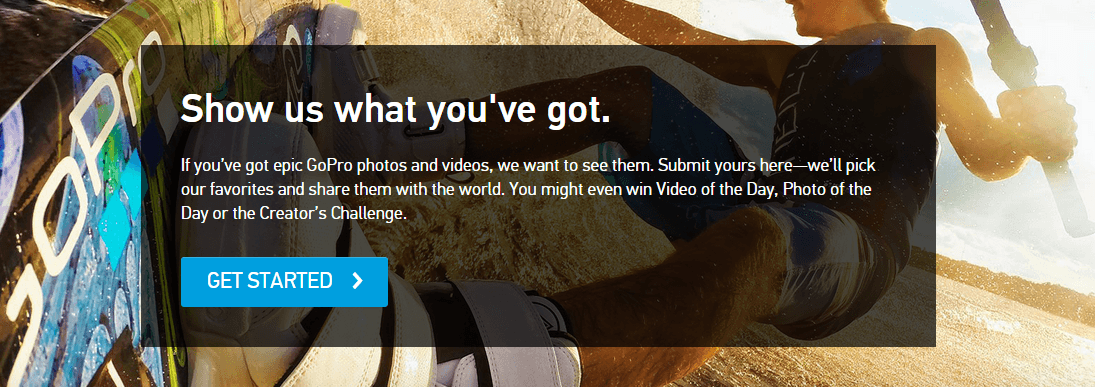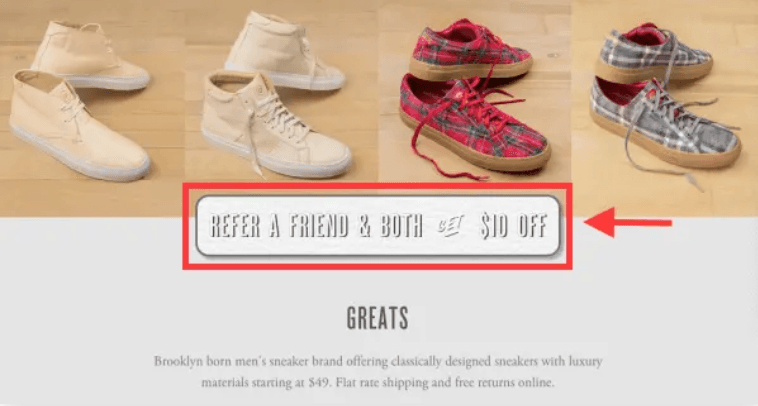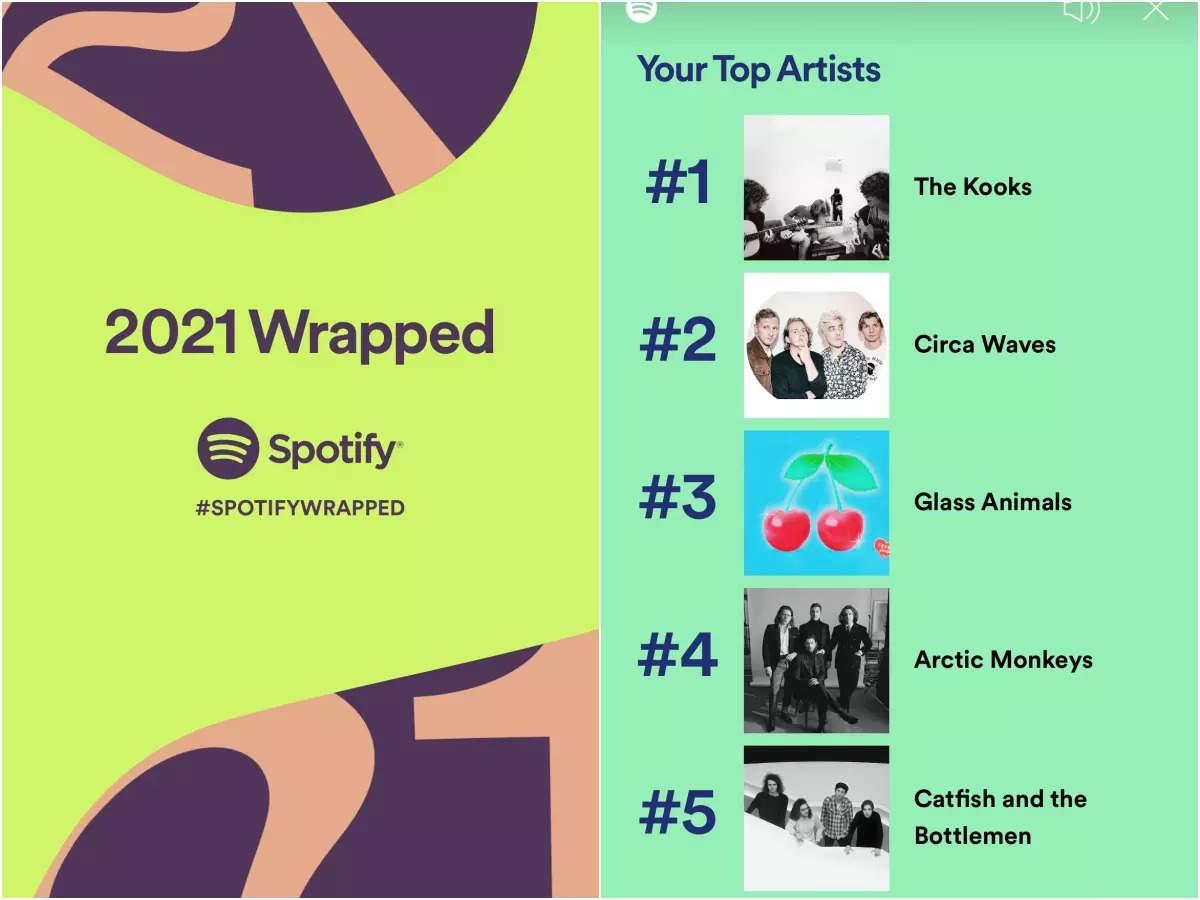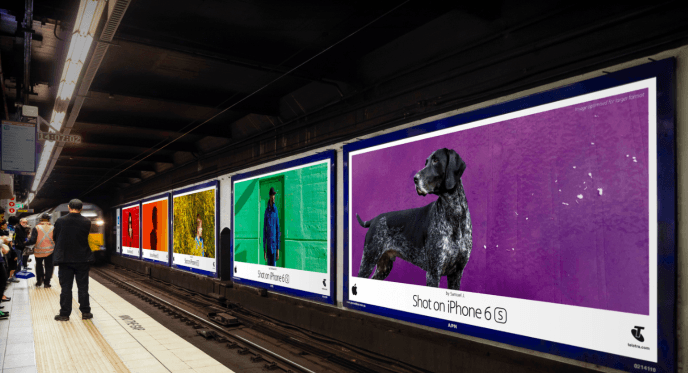The average person is exposed to between 6,000 and 10,000 ads each day. Because of this, you need to make sure your campaigns stand out.
Luckily, we’ve come up with some amazing marketing campaign ideas to help you do it.
A marketing campaign is a multi-channel promotion centered around a theme, event, or specific content. Marketing campaign ideas are the published content, or events, that bring your message to your audience.
1. Content Campaigns
You can promote any piece of content you create with social media and email campaigns. Consider the following content types:
If you have content, you can create campaigns to promote it. Running a campaign for each piece can dramatically improve results.
2. Contest Campaigns
Contests can be more than the cliche “like this post to win a free iPad” campaign.
Consider these creative contest campaigns instead:
- Photo Contest
- Design Contest
- Check-In To Win
- Trivia Contest
- Scavenger Hunt
For example, Wix encouraged users to enter their super bowl contest for a chance to win $50,000. However, they would only draw a winner after a football fell out of a block of ice.

They used Facebook Live to broadcast the process. They would even help melt the ice if enough users commented on the video, which increased engagement.
3. Email List-Building Campaigns
Email drives an incredible return on investment. To get results, you first need an email list.
Consider building a campaign intended to increase your email subscribers. This could include a multi-pronged approach:
- Create an email sign-up page on your website.
- Include content upgrades in blog posts and on landing pages.
- Run a series of social media posts promoting your sign-up form.
4. Holiday Campaigns
Lots of companies run campaigns around obvious holidays.
So, how about finding one that’s little-known yet related to your business? It’s a great way to catch people’s attention.
Use NationalDayCalendar.com to find relevant holidays. Then, leverage them to promote your products and services.
5. User-Generated Content Campaigns
Anyone can hype up their own brand. It’s much more impressive when that hype comes from someone else.
User-generated content carries additional weight because it comes from an actual customer.
GoPro encourages their customers to record themselves using their cameras. These videos showcase how real users enjoy the experience and the product itself.
For inspiration, check out these UGC campaigns on the HubSpot blog.
6. Event Campaigns
Events can take all different types of shapes. Here are some to consider:
- Fundraising events
- Grand openings
- Conferences
No matter what type of event you’re running, build a campaign across your website, social media, and email list. These different avenues can help turn it from a disaster into a success.
7. Product Launch Campaigns
Shipping a new product or feature can be an exciting yet stressful experience. Tilt the odds of success in your favor by planning a complete campaign ahead of time.
Check out this blog post by HubSpot on how to ensure a seamless product launch.
8. “Ditch Your Old Product” Campaigns
Why should someone choose your product over the one they already have? Create a campaign that leans on hard facts, demonstrating what you can do that your competitors can’t.
Find your unique value proposition and tell consumers why your product is the best.
9. Brand Awareness Campaigns
Creating entertaining content that reinforces your brand awareness and perception is perfect for building up an audience. This is particularly true when you’re new or going through a significant rebranding.
This tactic can also help you grow your customer base and help you stand out against your competition.
10. Partnership Campaigns
If you work with other companies or use products from third-party vendors, consider reaching out and doing some co-marketing.
This blog post from Forbes goes into how you can launch a successful partnership campaign.
11. Give-Away Campaigns
A giveaway campaign is a great way to get your audience excited about new products. You could:
- Send coupons to your email list
- Send out gift cards to loyal customers
- Place small “freebies” in orders before they go out
- Give away sample-sized products
Viking Books held this giveaway campaign to spread awareness for the new book, “Time’s Convert.”
Using social media to help with give-away campaigns makes it easy to build engagement and social followers.
12. Deal/Sale Campaigns
Get your audience excited by giving them a discount. Then, promote it in your emails, social media, and print ads.
Having deals like these can attract the attention of your customers and help you clear out old inventory:
- BOGO deals
- Flash Sales
- Coupons
13. Charity Campaigns
Partnering with a charity can be a great way to help your audience feel good by doing good. Here are some places to find charities:
14. Customer Loyalty Campaigns
If you have customers who keep coming back, reward them for it. Use punch cards and exclusive discounts to encourage loyalty in your existing customers.
This episode from the Actionable Marketing Podcast goes into how you can use rewards programs to build customer loyalty.
15. Referral Program Campaigns
If your customers love your products or services, encourage them to tell people about them. You can also use discounts and exclusive deals as an incentive for referring someone.
These rewards can facilitate positive word-of-mouth marketing and drives new customers to your brand.
The above example from Greats shows how you can reel your target customers in with an incentive.
16. Influencer Campaigns
Influencers can reach new audiences for you, and their endorsement can drive your sales. However, you need to choose the right influencer for your campaign.
Ensure your influencer:
- Fits with your brand
- Has a good-sized social media following
- Has an engaged audience
- Is reliable
- Holds the same values as your company
17. Thought Leadership Campaigns
Creating original research is a great marketing tactic. It can provide tons of unique findings and statistics you can use to build a campaign around.
18. FAQ Campaigns
Why not answer the questions on everyone’s minds? Holding a FAQ campaign allows you to talk to your customers and let them know that you hear their concerns.
By answering questions, you can clarify talking points within your campaign and take control of the narrative.
19. AMA Campaigns
The American Marketing Association has specific values marketers can create campaigns around. These include:
- Citizenship
- Fairness
- Honesty
- Respect
- Responsibility
- Transparency
By aligning yourself with these values, you can also attract customers who believe in them.
20. Viral Marketing Campaigns
Viral marketing happens when your audience generates the message of your product instead of your team. Marketing becomes “viral” when many people outside your target audience share your content.
You can never predict virality, but there are ways to increase the chances of your campaign going viral:
- Capture the audience’s attention quickly
- Engage your audience
- Pull on their emotions
- Keep the message simple
21. Share A Personal Story Campaign
Your story is an effective marketing tool. Build an emotional connection with your customers by sharing it.
Why did you create your business? What challenges did you encounter?
During a six-month rafting trip through the Caribbean, Dave Smith, founder of High Brew Coffee, stayed focused and alert by drinking cold brew. This experience inspired him to create a bold coffee company and use his origin story to attract the “go-getters” and connect to the “do-ers.”

22. Customer Success Campaign
When it comes to a campaign, don’t overlook the value of a satisfied customer. That “aha” moment is a wonderful marketing tool when a customer realizes a product or service’s worth.
Reach out to previous buyers, gather testimonials, and curate these customer reviews. Then, share positive feedback to draw in new prospects.
Here at CoSchedule, we repost customer feedback and give discounts to customers willing to share their thoughts.

23. Interactive Campaign
Build engagement through a high-quality, interactive content campaign.
Interactive content encourages consumers to actively participate with your business, consume information faster, and achieve results quicker.
Online surveys, polls, and quizzes are excellent starting points. Other interactive content includes:
- Interactive Infographics
- Price Calculator
- Interactive E-Books
- Interactive Emails
- Mobile Games
- Interactive Timelines
- Interactive 360 Videos
24. How-To Campaign
A how-to campaign uses educational materials such as an instructional video or blog post to teach consumers about your product.
Saalt Menstrual Cups, for example, pair how-to video campaigns alongside the launch of new products. The video tutorials and written instructions allow customers to see the product in action and understand its key features and benefits.

Think of a marketing campaign as the central theme or big idea your pieces of content revolve around.
For example, a video about a contest isn’t a campaign by itself. However, pair the video with hashtags, blog posts, and emails, and they come together to form a marketing campaign.
All the aspects join together to accomplish a unified goal.
Spotify created an annual viral marketing campaign where they automatically compile playlists of music users listened to most. They also share personalized data with each user (i.e., their top artists, genres, and minutes listened to).
Why Is It Successful?
- Personalization: This campaign made it easy for users to share their personalized playlists on social media.
- Interactivity: Users make a game out of their results and compare them with their friends.
- Growth Loop: When users share their Wrapped videos, they generate interest from potential users via FOMO. Essentially, Spotify turned their customers into marketers.
- Influencers: Spotify gives artists stats on how many people listened to them. When Metallica reached 1.3 billion streams, they shared that with fans, which was effective advertising for Spotify.
- Media Focused: The above example also received a lot of media attention from respectable publications, like The New York Times.
The Spotify Wrapped campaign is so popular that it even has a Wikipedia page. It’s successful because it targets its entire audience, personalizes it, and uses a multi-channel approach.
1. Coca Cola: “Share A Coke”
Coca-Cola launched the “Share A Coke” campaign to create a personal relationship with consumers. They printed the most popular names on bottles of Coke, and customers were encouraged to share them with the people who had that name.

This campaign was so successful that sales increased by 11% in bottles with personalized packaging. It was successful because it relied on personal connections between consumers.
2. Clorox: “For What You Can’t Miss”
When the Coronavirus pandemic first began, Clorox wanted to educate consumers on the importance of disinfecting surfaces. They started the “For What You Can’t Miss” campaign to make the biggest impact they could.
This campaign used family values and current events to relate to their target audience and drive sales.
3. Gillette: “The Best Men Can Be”
Gillette used this campaign to spread awareness against toxic masculinity. Though somewhat controversial, this campaign successfully reached 1.4 million online mentions the first week it aired.
This campaign was successful because it aired when the #metoo movement was at its peak, which helped it gain traction. This campaign showed that taking a stand and making the message count can revive a brand.
4. #KnowYourLemons For a Good Cause
The #KnowYourLemons campaign by Worldwide Breast Cancer is a viral campaign that helped walk women through screenings for breast cancer. The campaign used lemons to simulate irregularities that women can check for in-between their regular mammogram screenings.
The campaign based on infographics was wildly successful due to its knowledgeable nature and subject matter. Companies will find that simple calls to action like this one can expand the reach of a campaign in a hurry.
5. Apple: #ShotOnIphone
Apple launched the #ShotOnIphone campaign to show users how the tech giant had updated the camera on the latest version of the iPhone. Amateur photographers were encouraged to tag their photos with the hashtag, and a select few were used as advertising billboards.
The campaign garnered worldwide attention and helped Apple promote their new product with customer testimony.
6. Microsoft: We All Win
Microsoft highlighted its adaptive controllers in its “We All Win” campaign. The commercials follow the lives of young gamers as they play their favorite games thanks to the Xbox Adaptive Controller.
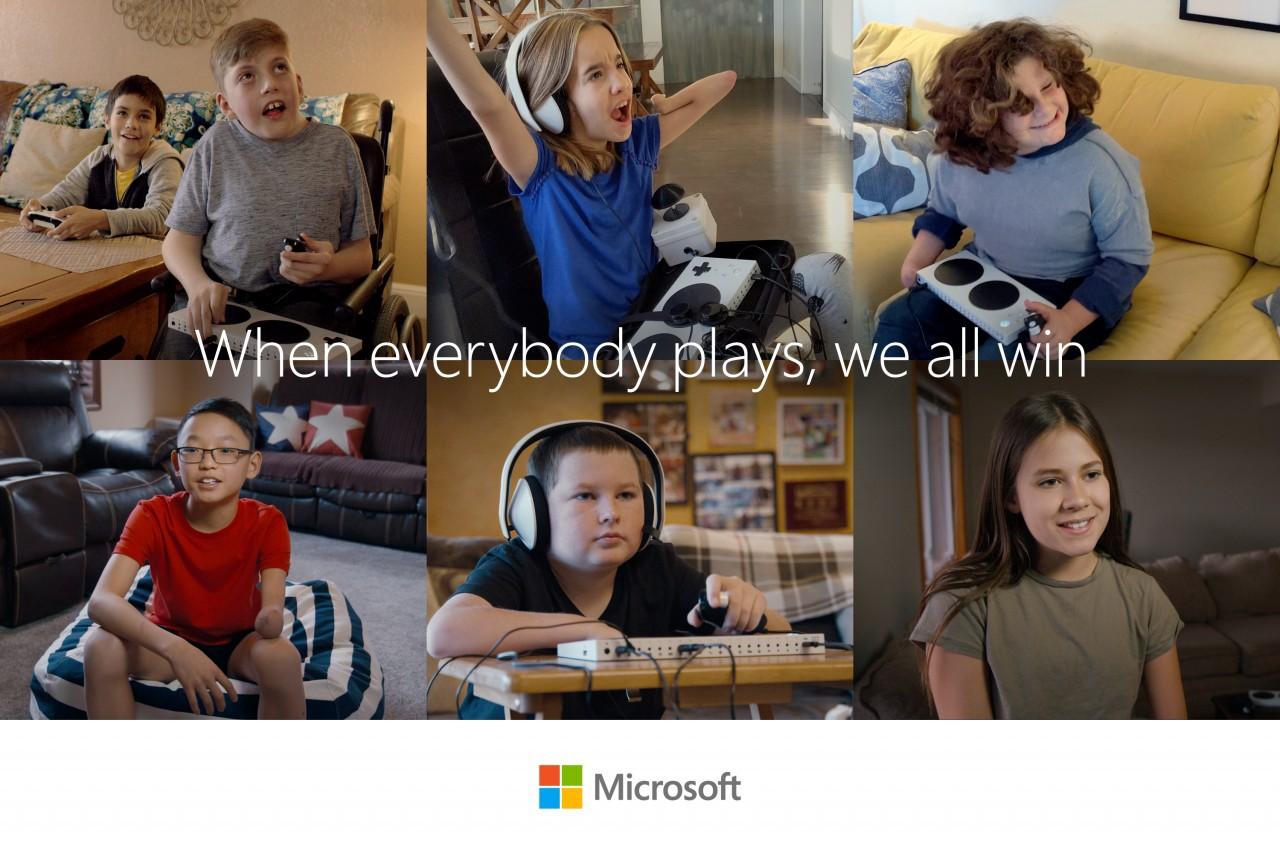
The story illustrates Microsoft’s commitment to building accessible technology and the importance of inclusivity.
7. Geico: Best of
Over the years, Geico has featured a host of talking animals, a caveman, and a mom who always calls at the wrong time. The company launched a campaign to get some additional use out of old commercials cleverly.
The commercials started circulating again, and viewers voted on which one was their favorite.
Here’s my personal favorite.
8. NFL: “Football Is For Everyone”
The push for inclusivity in sports has become increasingly important, and the NFL created this campaign to broadcast their stance. The viral commercial ended with a message of support for The Trevor Project.
If you love this game, you are welcome here. Football is for all. Football is for everyone.
The NFL stands by the LGBTQ+ community today and every day.
For more information on how you can help the @TrevorProject, visit https://t.co/YtauzLAHIF pic.twitter.com/bkdWkAZ3vF
— NFL (@NFL) June 28, 2021
Although this was a controversial commercial, the campaign gained a ton of traction for The Trevor Project. They took their platform and used it to spread awareness of the terrifyingly high suicide rate among LGBTQ+ youth.
This was successful because it tied into an important social issue and created a stir within the athletic community.
9. Airbnb: #LiveInTheMovies
When Marriott hotel was declared the official sponsor of the 2016 Oscars, Airbnb was banned from buying commercial airtime. Frustrated, the company turned to Twitter and asked a simple question: “If you could live in any movie, what would it be?”
Movie fans who responded with an amusing idea were given a free stay at a listing that matched their dream.
By finding an alternative approach, Airbnb captured the attention of movie fans and created a conversation that overtook cinemas’ biggest night.
10. Popeyes: Megan Thee Stallion “Hottie Sauce”
In 2019, while Popeyes created arguably the best chicken sandwich, Megan The Stallion became the hottest rapper in the music industry. In 2021, these two combined forces to create the legendary “Hottie Sauce.”
The epic collaboration exploded amongst fans.

11. The Lip Bar’s “Something BAWSE Is Coming”
The Lip Bar brilliantly used its CEO’s negative experience on the show Shark Tank to launch a 2022 campaign built around a story of perseverance and resilience.

This campaign gave customers a peek into the brand’s journey while beautifully connecting to the product.
Find The Intersection Between Your Brand And Your Audience’s Interests
Your audience likely has diverse interests. Finding where your brand and those interests overlap can inspire amazing ideas for social campaigns.
Think of it as a Venn diagram:
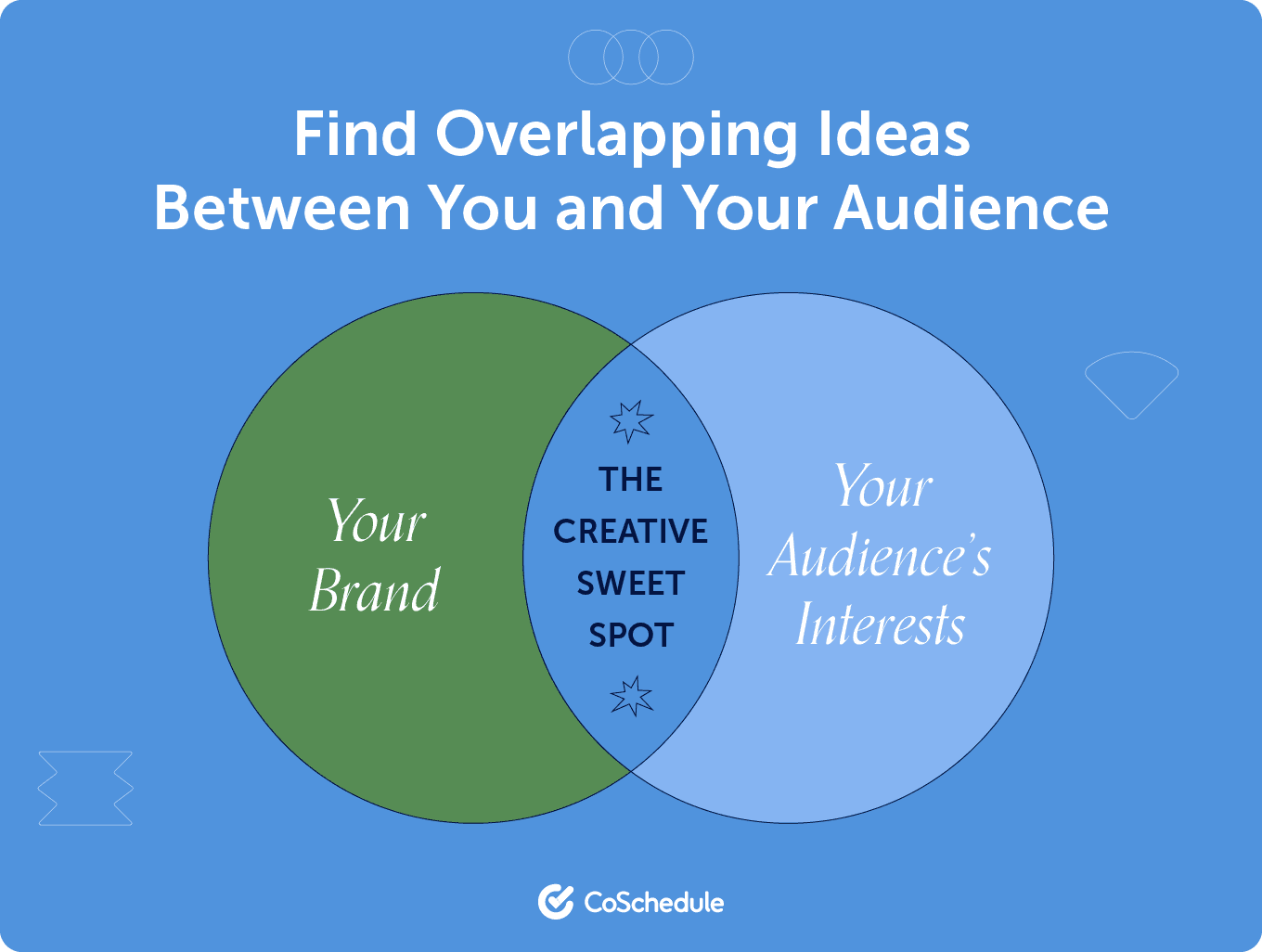
For example, if you sell board games, you might discover your audience likes a particular type of snack.
You can open a few possibilities with this information:
- Reach out to that brand that makes that snack and collaborate on a campaign.
- Build a campaign around a giveaway offering that type of snack as a prize.
- Create a campaign that leverages interest in that snack to raise your brand awareness (e.g., posting clever photos with board games and said snack).
Develop An Easy 30-Minute Brainstorming Process
Here’s how you can break down your process into three phases:
- Ten minutes of silent brainstorming.
- Ten minutes of weeding out duds.
- Ten minutes of winner-optimization.
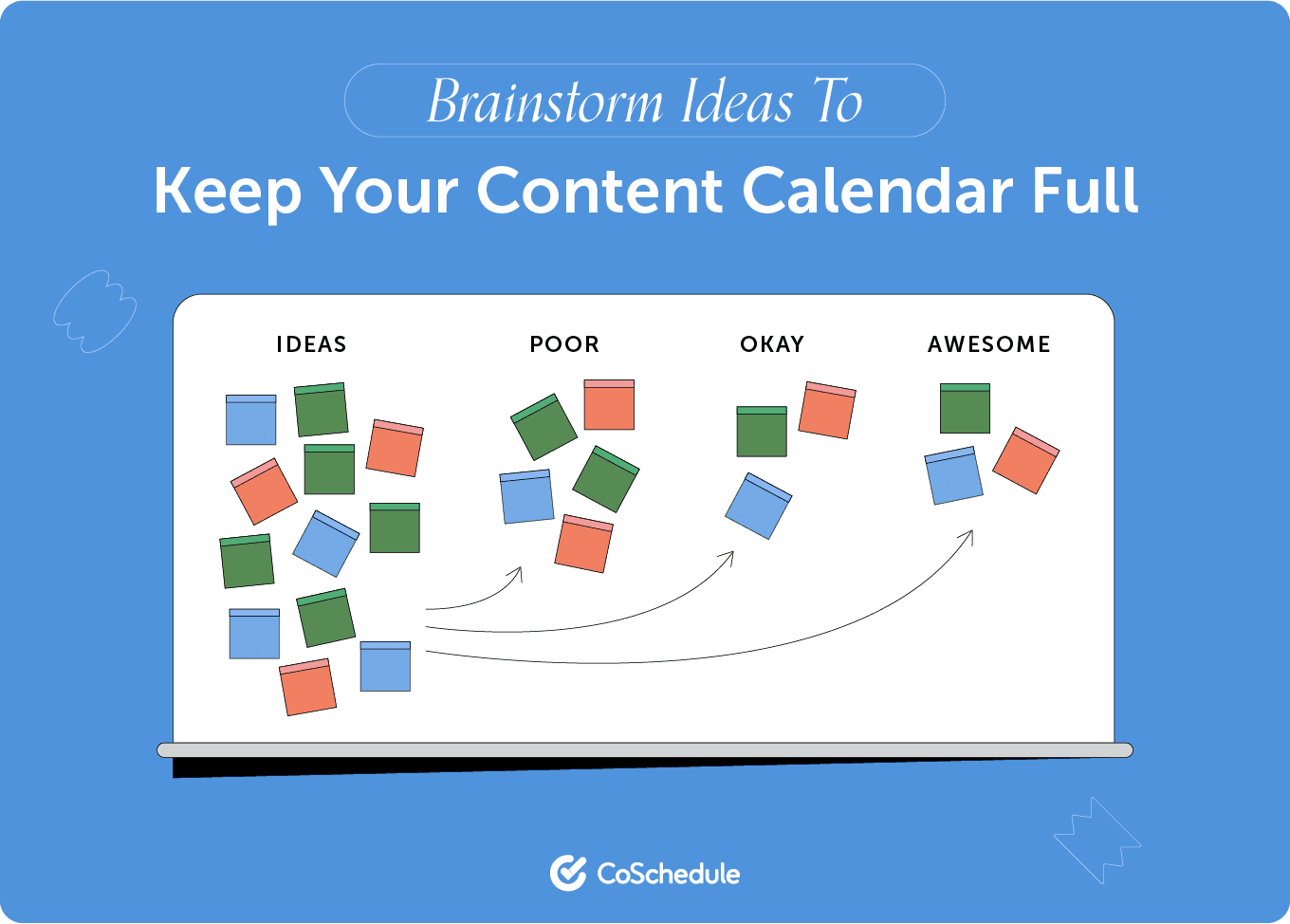
This process can yield awesome results fast. Devote 10 minutes to each step, and you’ll have plenty of creative ideas to choose from.
Use Mindmaps
Mind maps are like visual idea trees. They’re made up of bubbles and arrows connecting different words and thoughts to a central concept.
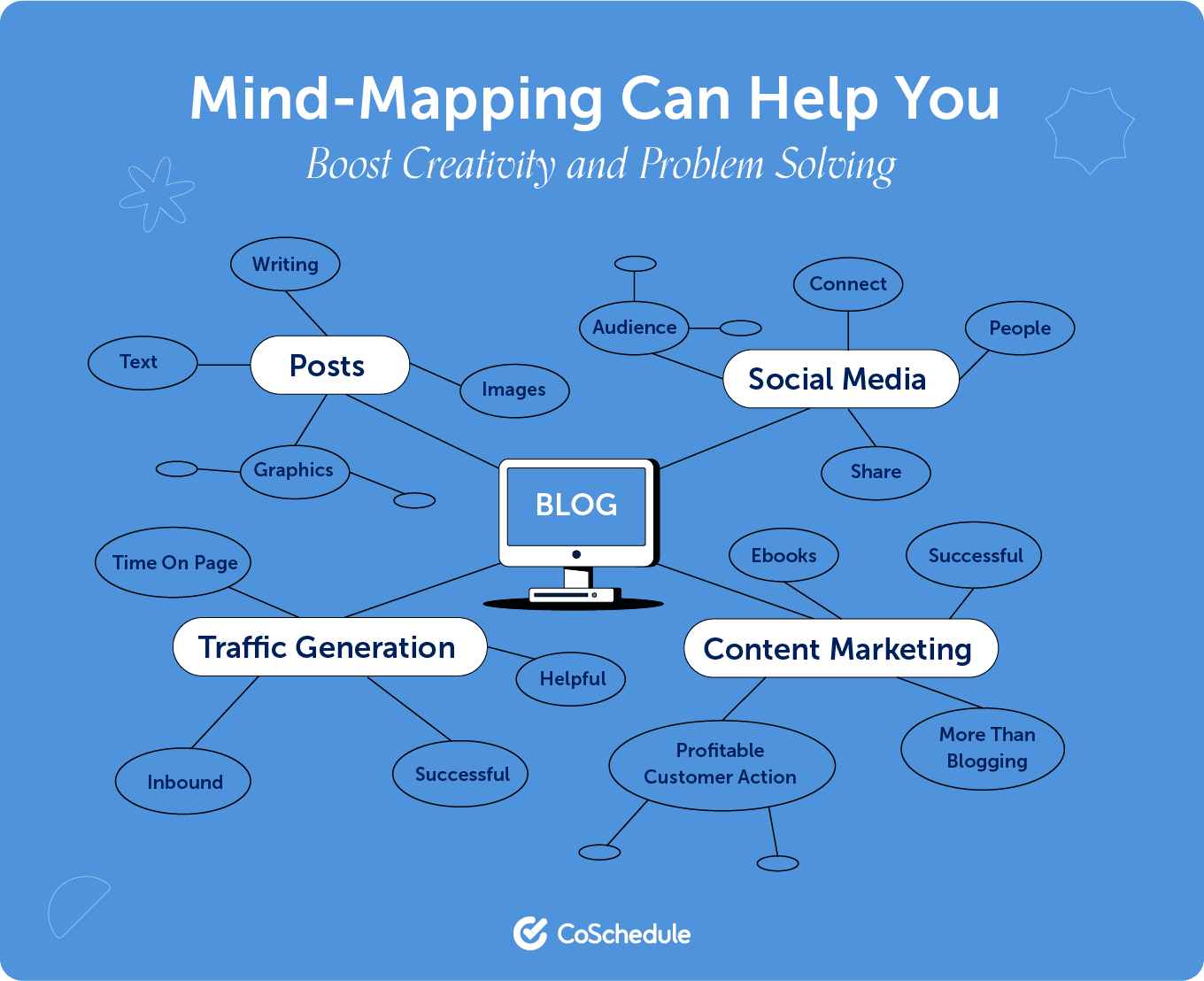
The easiest way to get started is to select a mind mapping tool. Here are some popular options:
You now know how to do your research, brainstorm ideas, and develop campaign concepts. It’s time to put this all together into a cohesive campaign proposal.
Step 1: Give It A Name
A catchy campaign needs a catchy name. A good campaign name should:
- Be directly related to the topic of your campaign.
- Be memorable.
- Be concise.
Step 2: State Your Objective and Target Audience
Describe all of the following:
- Your goals and the purpose of your campaign
- The audience this campaign is targeting
- The social channels it will encompass
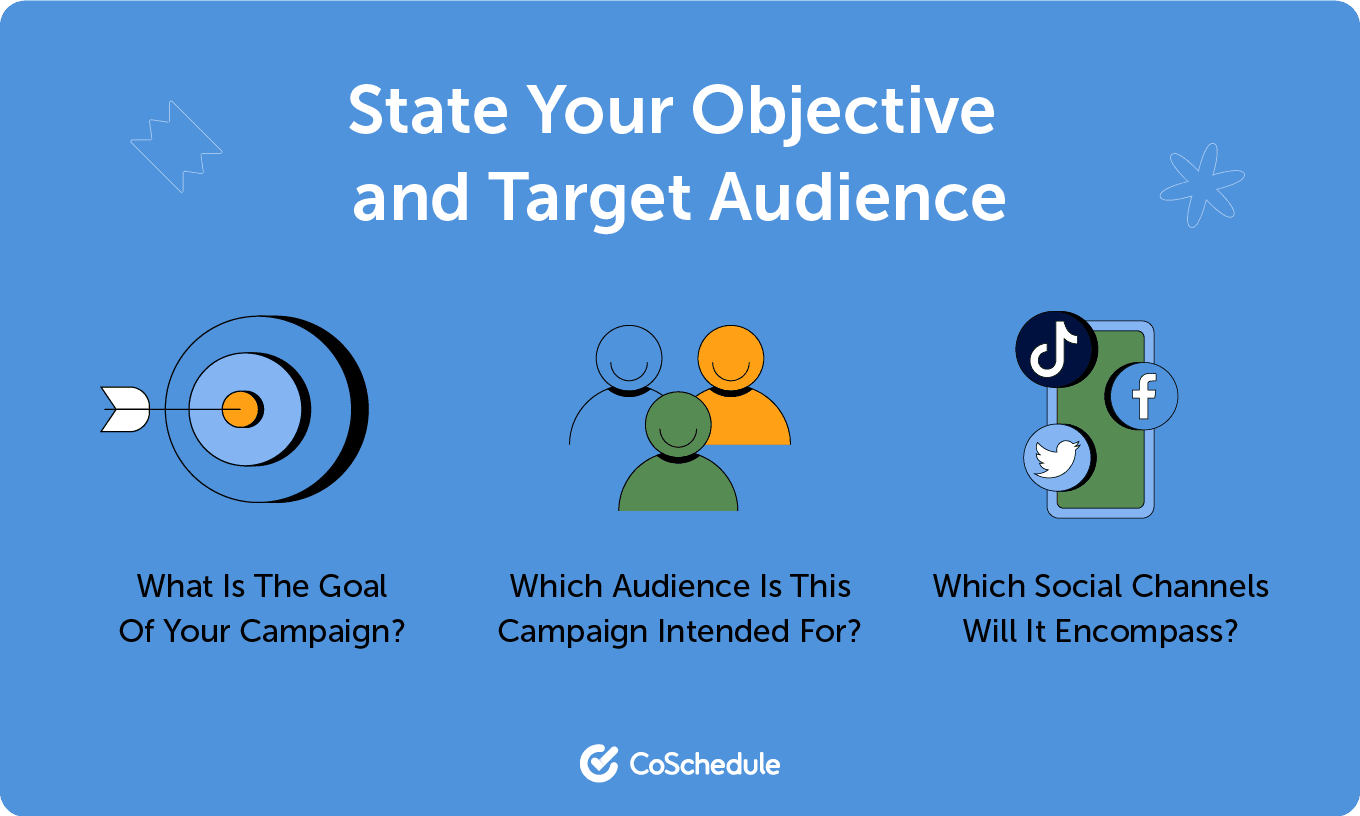
Step 3: Outline Your Channel Strategy
Not all campaigns may be appropriate across all your social channels. Some may be best oriented toward one particular platform, while others could involve cross-platform promotion.
Narrow your channel selection by asking these questions:
- Which networks are our brand strongest on?
- Which are we weakest on?
- Is the idea for this campaign best suited to one particular network over another?
Step 4: Determine How You Will Measure Success
Once your campaign has run its course, you’ll need to report on its performance. Figure out which metrics and KPIs you’ll track and measure ahead of time.
Armed with the knowledge in this post, you’ll never say, “I’m just not creative” again. You now know the creative processes and techniques used to generate world-class ideas.


